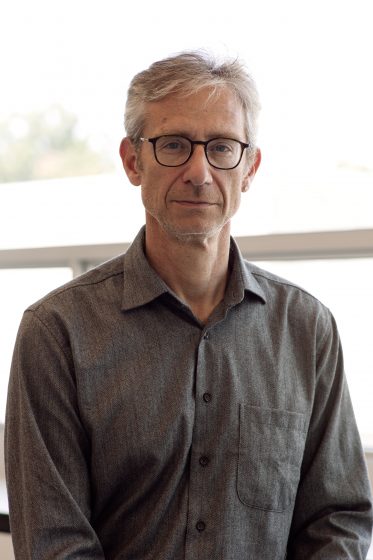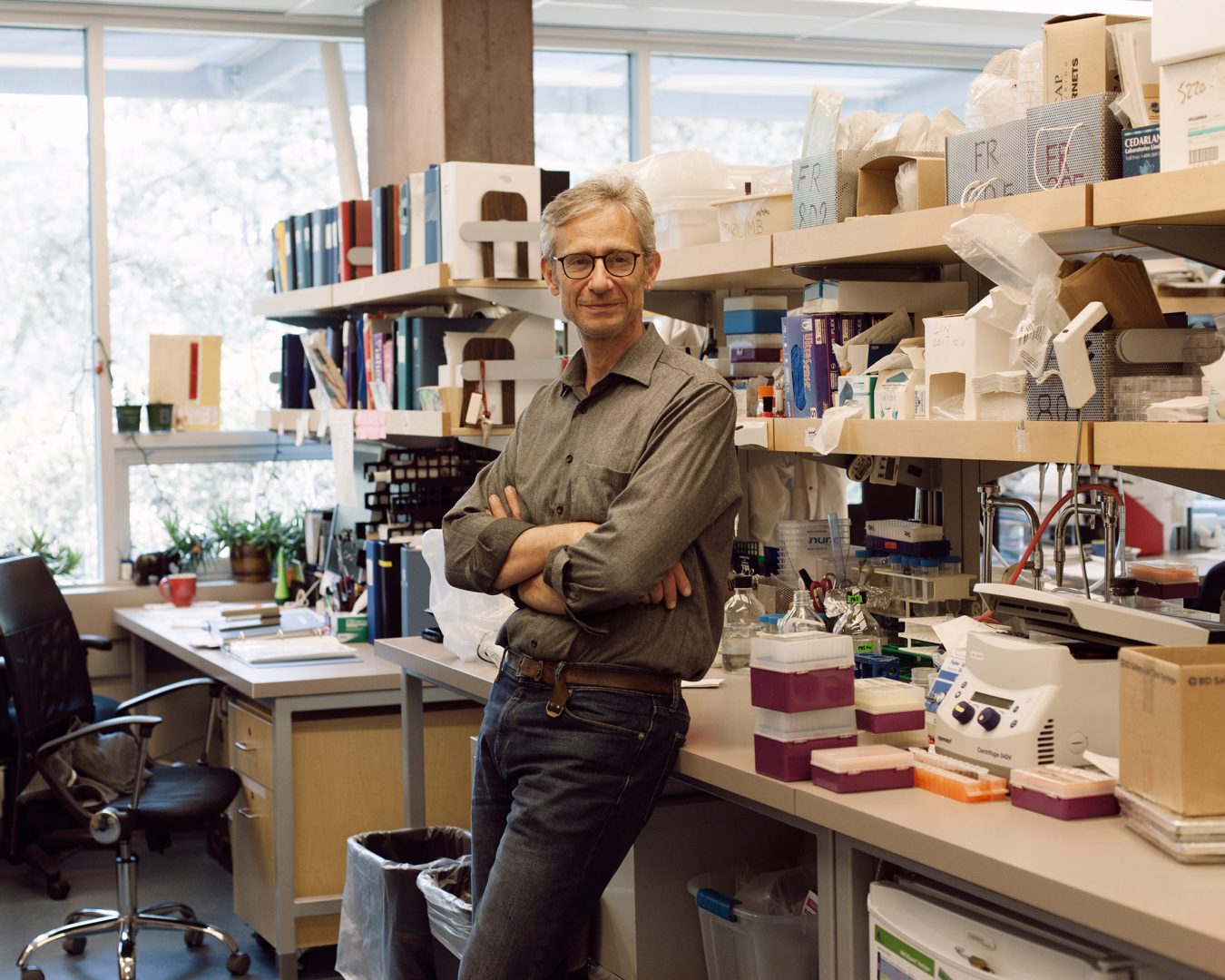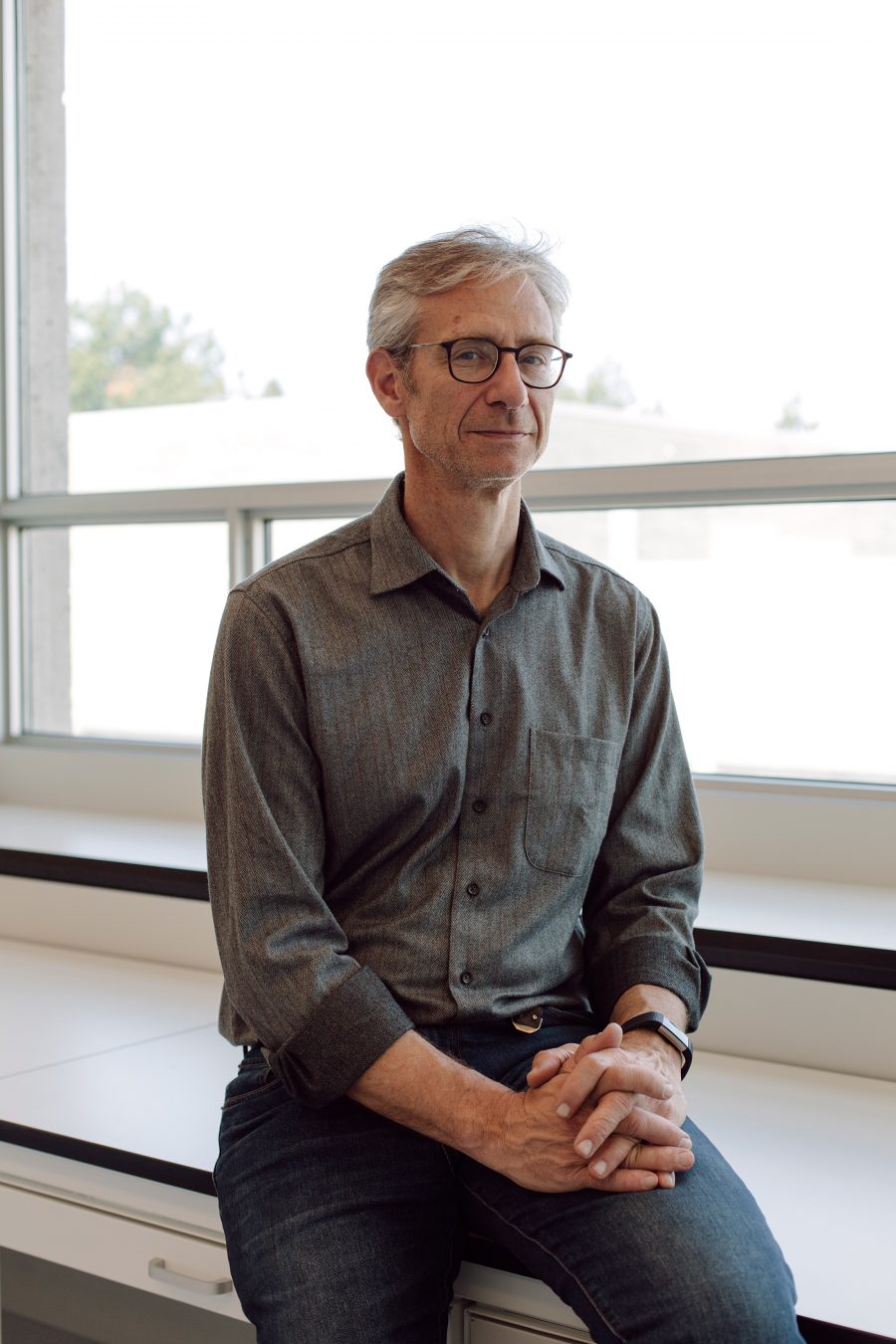Human cells do two contradictory things equally well. One of those things, regeneration, sustains life; the other, degeneration, is detrimental and leads to death.
As time passes, the body’s mechanism of regeneration starts to fall apart, and damage that would have been easily repaired leads instead to what scientists call fibrosis. The real-life term is aging.
Dr. Fabio Rossi, director at the Biomedical Research Centre at the University of British Columbia, has spent his career figuring out what makes tissues regenerate or irreversibly degenerate. “In many tissues, one type of damage repairs perfectly well but if the damage continues, at some point, you completely lose the ability to repair,” he says. “This is what happens in chronic diseases. Acute disease, we can manage—chronic disease, not so well.”
Fibrosis is reportedly involved in a large percentage of deaths in developed countries like Canada. Rossi, who runs a lab where 20 scientists work on various projects looking into how stem cells can mend damaged tissues or contribute to their degeneration, believes that the discoveries made today could change how we age in the future.
The possibilities of where the answers will come from in our own complex organisms are boundless—as are the questions that could lead to new avenues of research. “What gets me up in the morning is some bright idea, something I haven’t thought about yet, and I try to see if there’s a way to make it work. That’s how I get my kicks. ‘Can we do that? Yes, we can, let’s figure it out,’” Rossi says. “Unfortunately for me, I get these ideas two, three times a week, and then you have to pick and choose.”
Rossi received his medical degree from his hometown university in Genoa, Italy and did his PhD at the European Molecular Biology Laboratories in Heidelberg, Germany; he then conducted research at Stanford University before opening his own lab, The Rossi Laboratory, at UBC in 2001. As the principal investigator on his team, he has forced himself to narrow down his pursuits to only the ideas that he can categorize as feasible and relevant. That takes up half of his working life; the other half is spent on communication and educating other scientists or the general public about the work being done in stem cell research. “We are at a very interesting crossroads. There are true stem cell-based approaches that are close to coming on line,” he says. That might mean drug treatments or therapies that could permanently restore organs damaged by degenerative diseases.

Still, the road is long. To articulate this, Rossi mentions the technology industry. An app can be developed and put in beta testing for consumers very quickly—however, “in our work, we get excited by details that don’t fit well in a narrative arc. No one is going to be able to download what we’ve found and use it on their phones right away,” he explains. “If I come up with something exciting, it will be 15 years before it is seen in a clinic.”
Because of this, Rossi is wary when he sees advertisements promoting injections that claim to cure throbbing knees and aching backs—he believes most of these quick fixes, which eventually fail, could set back the more in-depth scientific research and discoveries that take years to develop. Still, he understands why these options exist and why people choose them: when faced with a problem that does not yet have a solution, people seek hope in order to keep going. “I understand the need for hope,” he says. “I have a child who has a genetic condition. He’s blind in one eye and the other one doesn’t see that well. But I know that paying money for hope is not going to change his situation.” Over time, though, he believes the right unearthing will lead to real, lasting change.
So while no miracles will happen overnight, the field of stem cell research is moving quickly and progress is being made every day. The path might still be unclear, but the journey is heroic.










